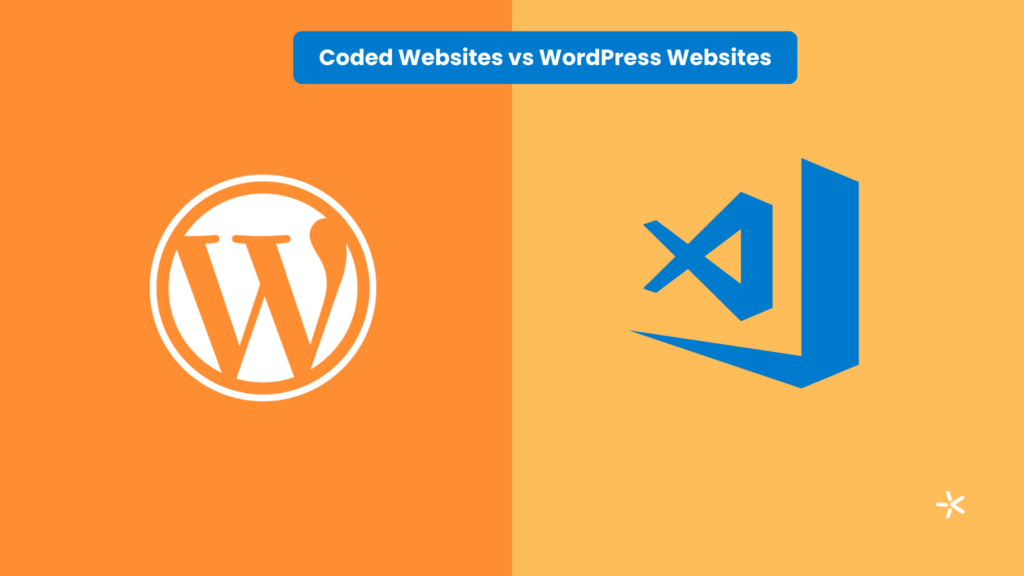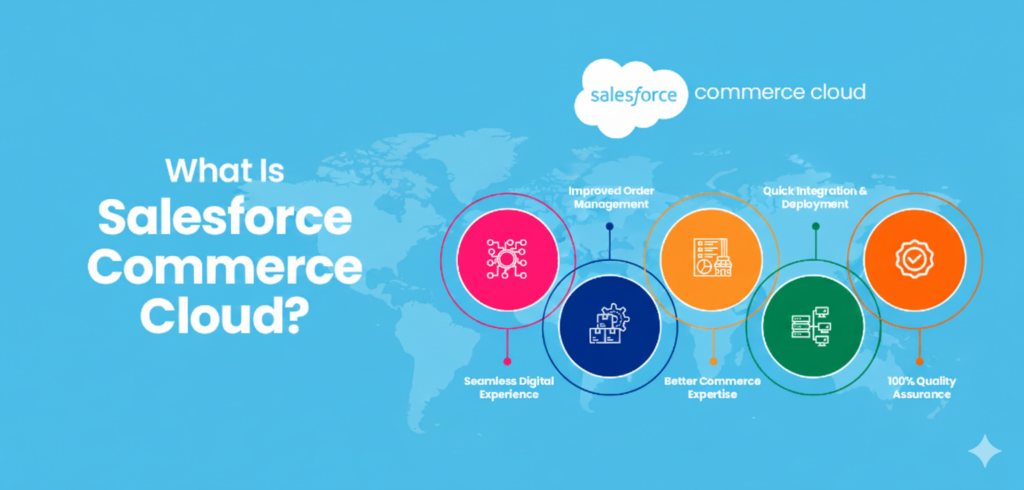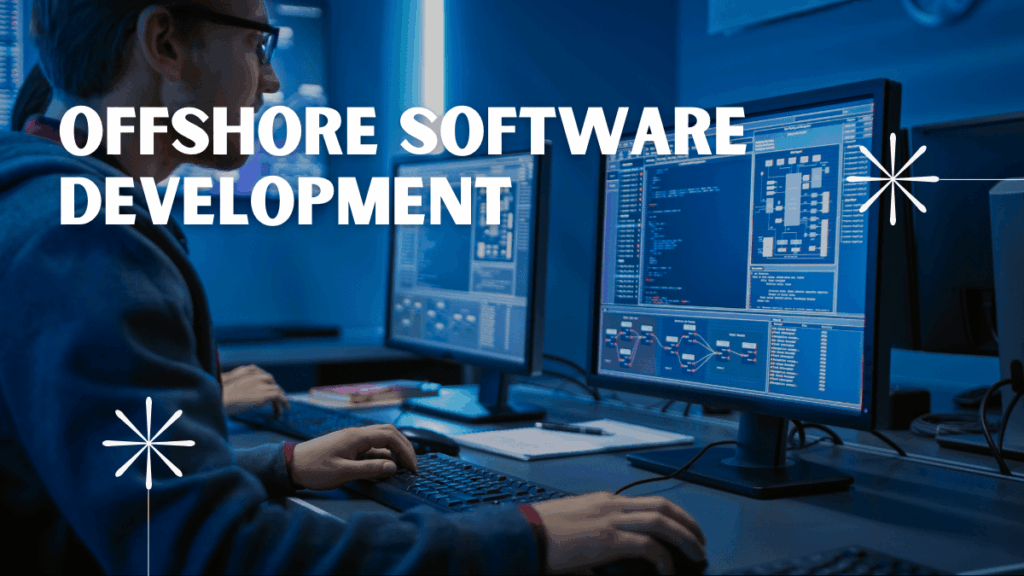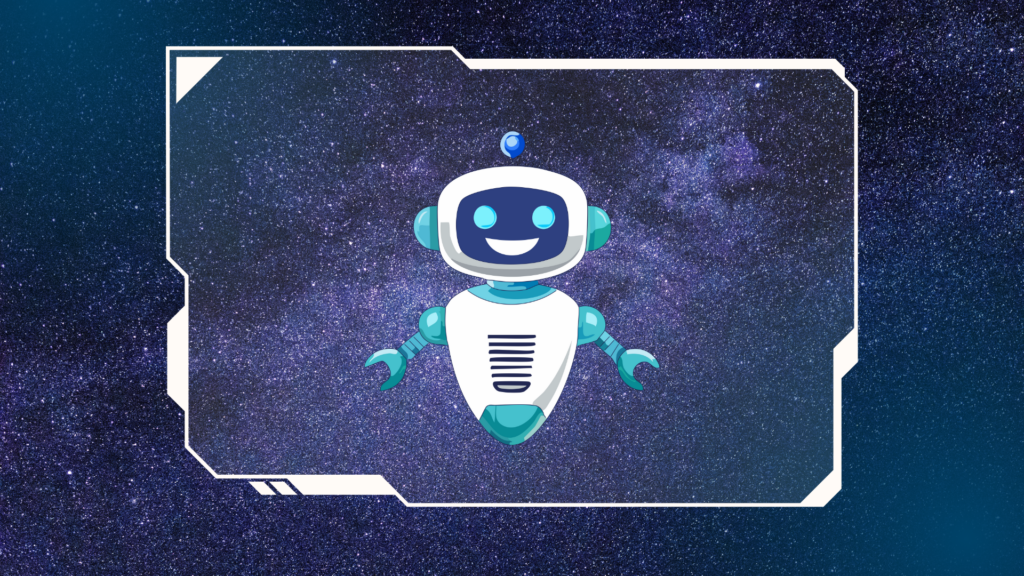You know what is really astonishing? The total global datasphere will swell to approx. 163 zettabytes by 2025. Data is everywhere.
As a web app developer, you’re at the forefront of this data revolution. I’ve been in your shoes, grappling with the challenge of choosing the right database for web application development. That’s why I’ve put together a nifty list of the 10 best databases for web applications.
From relational powerhouses to NoSQL innovators, I will put the spotlight on the strengths and use cases of each web based database to help you make an informed decision.
What Is the Role of Database Management Systems (DBMS) in Web Development?
A reliable database is every developer’s secret sauce for building fast, reliable, and scalable web applications.
Think of a DBMS as a super-efficient librarian for your data. Just as a librarian organizes books, keeps track of who borrowed what, and helps you find information quickly, a DBMS does the same for your web app’s data. With a database software, you easily store, retrieve, and manage data sets collected from different sources.
For us web developers, a DBMS is the difference between manually sorting through stacks of paper and having a smart filing system at our fingertips. We can ask our “data librarian” complex questions, and it’ll fetch the answers in a snap. Need to update information? The DBMS does it safely, without messing up other data.
The latest report suggests the Global Enterprise Database Management System (DBMS) Market is all set to hit USD 124.728 billion by 2028, thriving at a CAGR of 21.92 percent.
There are several database programs to help you organize your data. But finding the right database for website applications, well, that’s a tricky one. But don’t worry, that’s what I’m here for today.
SQL vs NoSQL - The Right Database for Web Applications?
I heard someone saying the other day, “Most of the world runs on SQL, we just don’t see it.”. I agree. SQL databases have been the backbone of data management for as long as I can remember.
SQL databases, by definition, are relational databases with a structured approach. Therefore, when it comes to handling structured data with complex relationships, SQL has no match. That said, NoSQL databases have gained traction in recent years owing to their flexibility and scalability, especially in handling unstructured data.
The choice between SQL and NoSQL boils down to your project’s needs.
SQL shines in applications requiring complex queries and transactions, like financial systems or inventory management. NoSQL databases are ideal for projects with rapidly changing data structures or those requiring high-speed, high-volume data processing, such as social media platforms or real-time analytics.
Tellingly, both SQL list databases and their NoSQL counterparts have their strengths. In fact, many modern applications combine the best of both worlds to turbocharge the performance and accuracy of their big data analytics.
Here’s a quick comparison to give you a better idea:
| Feature | SQL | NoSQL |
| Data Model | Relational | Various (Document, Key-Value, Wide-Column, Graph) |
| Schema | Fixed | Flexible |
| Scalability | Vertical | Horizontal |
| ACID Compliance | Strong | Not every NoSQL database is ACID-compliant, but the majority are. |
| Database Programming Language | SQL | Database-specific (JSON, YAML, XML, or binary schema) |
| Ideal Usage | Structured data, complex queries | Unstructured data, high volume, rapid changes |
| Examples: | Oracle, MySQL, PostgreSQL, etc. | MongoDB, Apache Cassandra, Elasticsearch, etc. |
On-Demand App Development
Cost Calculator
Easily calculate the cost of your Business app with us. Get a free on-demand quotation on your next big idea.
Get Free Online Consultation Now!!
10 Best Databases for Web Applications
Finally, it’s time to reveal the pièce de résistance. I have cherry-picked 10 top database examples for you. This list is a mix of easy-to-use databases for simple apps and SQL list databases for large businesses working on developing complex apps. Let’s get to it:
1. MySQL
According to the 2022 Stack Overflow Developer Survey, MySQL emerged as the clear winner as the go-to database for beginners. Born in ’95, this open-source database is now flexing its muscles in over 5 million active installations worldwide. Big tech companies like Facebook and Twitter rely on MySQL for parts of their operations.
Got structured data? MySQL’s got your back.
MySQL is an ACID-compliant database and supports complex queries. You’ll find it easy to set up and manage. If you’re building a data-driven website or a transactional system, MySQL should be on your shortlist.
2. The Oracle
According to Forbes, a whopping 98% of Fortune 500 companies use Oracle. That says something, doesn’t it? Introduced in 1979, Oracle Database is a powerhouse in enterprise-level data management. Oracle is hailed for its reliability, security, and ability to streamline complex data management operations.
Oracle gives you access to advanced features like real application clusters and automated management particularly useful in high-demand environments. While it has a steeper learning curve and higher cost, Oracle proves its worth in mission-critical applications.
If you’re developing enterprise-level systems, especially in finance or telecommunications, Oracle’s impeccable capabilities make it a strong contender.
3. Microsoft SQL Server
As of June 2024, Microsoft SQL Server boasts almost 19% market share for global relational database management systems (RDBMS), cementing its position as the third most popular RDBMS after MySQL and Oracle.
In a 2022 study, this database program demonstrated exceptional reliability by achieving a 99.995% average uptime across both cloud and on-premises environments.
It’s particularly well-suited for business intelligence and analytics applications. SQL Server offers seamless integration with other Microsoft products, making it ideal if you’re already invested in the Microsoft ecosystem. For .NET applications or projects requiring strong Windows integration, SQL Server should be high on your list of considerations.
4. PostgreSQL
If you are looking for an open-source database that can adapt to diverse requirements, I can’t recommend Postgres enough. PostgreSQL, often called Postgres, has grown since its 1996 launch to become the fourth most popular database worldwide.
Known for its versatility and comprehensive feature set, Postgres manages large-volume queries and massive datasets with ease, supporting both relational and non-relational data models. I personally find its PostGIS extension particularly useful for geospatial applications. Postgres is highly extensible, allowing custom data types and functions.
5. MongoDB
Released in 2009, MongoDB quickly became a leader in the NoSQL space, serving over 35,000 customers including tech giants like eBay and Google. It’s engineered for applications with rapidly changing data requirements, using a flexible, document-based model that allows easy schema evolution.
MongoDB’s core strength lies in its horizontal scalability and high performance which come in handy for read-heavy applications. It’s particularly well-suited for real-time analytics, content management systems, and IoT applications.
If your project needs to process diverse data types quickly and adapt to changing data structures, MongoDB is definitely worth exploring.
6. SQLite
As a developer working on small business applications or just starting your coding journey, you’ll love SQLite’s simplicity. It requires minimal setup and operates without a separate server process. SQLite is fully ACID-compliant and supports most SQL standards.
Its entire database is stored in a single cross-platform file, making it ideal for embedded systems, mobile apps, and desktop applications. While not suitable for high-concurrency scenarios, SQLite excels in situations where simplicity and ease of use are priorities.
7. Elasticsearch
Launched in 2010, it is a powerful search and analytics engine. Companies like Uber depend on this web app database to manage large-scale data analysis and real-time searches. It’s highly useful for applications requiring full-text search capabilities or sophisticated data analytics.
It’s built on Apache Lucene and provides a distributed, RESTful search and analytics engine. Elasticsearch excels in log and event data analysis, making it a key component in many monitoring and observability stacks.
While primarily used for search, its speed and scalability make it a viable option for certain NoSQL database use cases as well.
8. Apache Cassandra
Consider Cassandra for applications requiring high throughput and low latency, especially in distributed environments. A default choice for companies like Apple and Netflix, Cassandra achieves high availability without compromising performance. Cassandra’s USP lies in its linear scalability and fault tolerance.
I highly recommend it for applications that can’t afford to lose data, even when an entire data center goes down. Cassandra uses a masterless ring architecture, which means every node in the cluster is identical.
9. MariaDB
Developed in 2009 as a fork of MySQL, MariaDB has grown to become one of the most popular open-source relational databases of today’s time. This database software is trusted and valued by tech giants like Wikipedia and Google for its compatibility with MySQL and enhanced features.
It offers advanced clustering and replication features, making it suitable for both small-scale and enterprise-level applications. MariaDB supports a wide range of storage engines, including some not available in MySQL. It’s designed to be a drop-in replacement for MySQL, meaning you can easily migrate existing MySQL applications to MariaDB.
10. Redis
Wrapping up this listicle with Remote Dictionary Server (aka Redis). It’s an open-source, in-memory data structure store used as a database, cache, message broker, and queue. Twitter and GitHub count on Redis for real-time applications requiring low latency and high throughput. It supports various data structures like strings, hashes, lists, sets, and more.
In my limited experience, Redis is highly effective for caching, session management, real-time analytics, and geospatial applications. While primarily an in-memory database, Redis also provides persistence options. The simplicity combined with a hiccup-less performance makes it a popular choice for developers across various domains.
How to Choose the Best Database for Web Applications?
Before I get to the top database examples, let me quickly walk you through the process of choosing the right database for your web application.
Here’s the handy checklist to refer to when making your decision:
Understand Your Data's Nature
First things first – what kind of data are you dealing with? Is it neatly structured like a traditional spreadsheet, or more free-form like social media posts? If you’re working with rigid, interconnected data, SQL databases might be your best bet.
But if you need flexibility for evolving data structures, consider NoSQL options. Remember, your choice here will impact your entire development process.
Plan for Growth
Think big! Where do you see your app in a year? Five years? If you’re expecting rapid growth, you’ll need a database that can keep up.
SQL databases typically scale vertically (beefier servers), while many NoSQL options excel at horizontal scaling (adding more servers). If you’re building the next big thing, horizontal scaling might save you headaches down the road.
Check the Speed
Performance can make or break your app. Look up benchmark tests, but don’t just take them at face value. Every app is unique, so if possible, run your own tests.
How fast can the database handle your most common queries? How does it perform under load? If you’re building a React Native based mobile app, for instance, you’ll want to ensure your chosen database can keep up with both web and mobile traffic.
Can It Handle the Load?
Be realistic about your data volume and transaction needs. If you’re building the next social media giant, you’ll need a database that can handle millions of writes per second. On the other hand, if you’re creating a small business inventory system, your needs might be more modest. Go for a web based database that can comfortably handle your expected load with room to grow.
Which data model do databases like Oracle, MS SQL Server, Postgres, and MySQL fall under?
Last but not the least, factor in your team’s expertise and the time you can dedicate to database management. Some databases are like sports cars – high-performance but require extensive technical know-how.
Others are more like reliable sedans – maybe not as flashy, but they get the job done with less fuss. Be honest about your team’s skills and take your pick accordingly.
Final Words
In closing, I’d like to emphasize that there’s no one-size-fits-all solution here. The best database for web application is the one that aligns with your specific needs, skills, and goals. If you are still on the fence about which web app database would be the right fit for your enterprise, contact us today.
If you are completely new to the world of database technologies, don’t worry. Our team of seasoned software consultants can help you make your app idea a reality by guiding you through the database selection process.
Frequently Asked Questions
Which data model do databases like Oracle, MS SQL Server, Postgres, and MySQL fall under?
All of these databases fall under the relational database model.
What is the most important file in a database?
More often than not, the most important file in a database is the data file, which stores the actual data.
What is the easiest database to use?
The general consensus is that MySQL is the easiest database to use owing to its straightforward setup, user-friendly interface, and extensive documentation.
Which type of database is most commonly used in healthcare?
Relational databases are most commonly used in healthcare to manage structured data (patient records and medical information) and maintain data integrity.
Which two are commonly used database programs?
MySQL and Oracle are the two most widely used database programs as of June 2024






